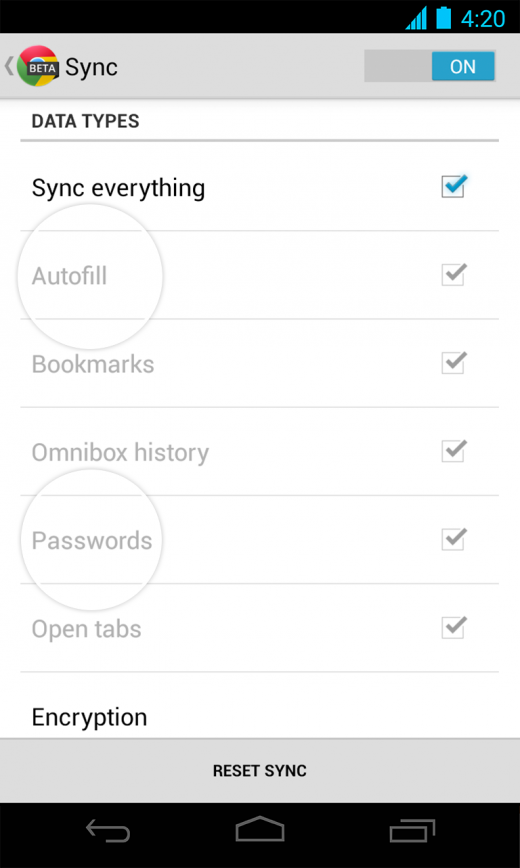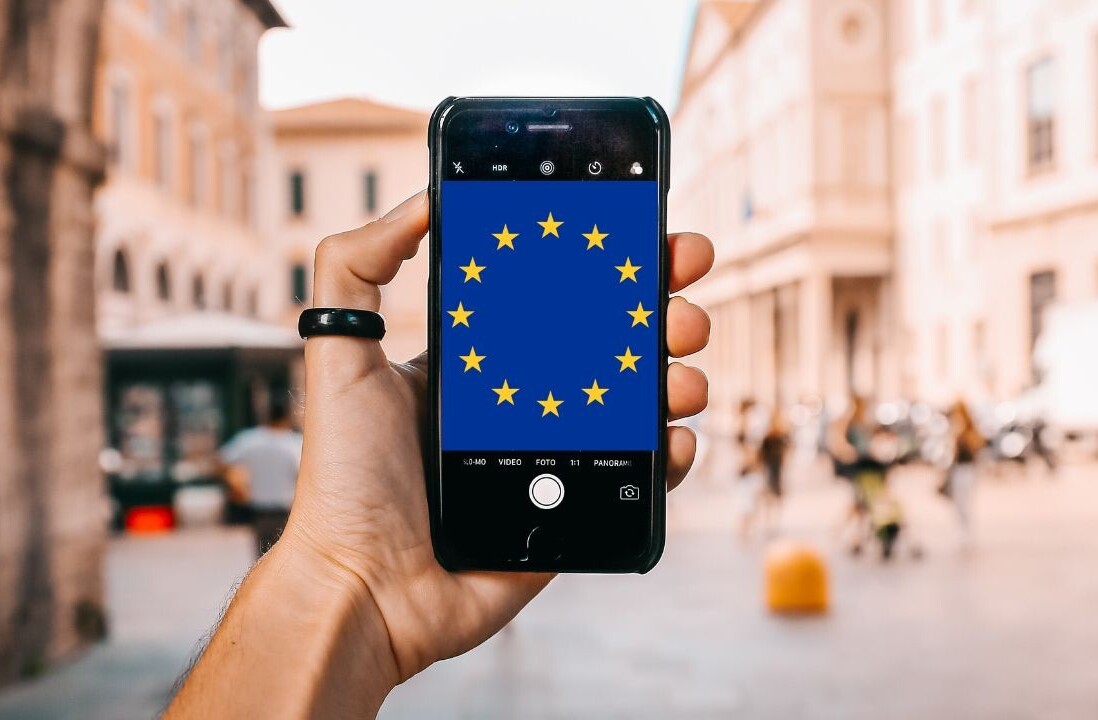
Google on Wednesday announced the release of Chrome 26 for Android, adding both autofill sync and password sync to its mobile browser. You can download the latest version now directly from Google Play.
The addition of autofill and password syncing aims to cut down on the amount of typing you have to do on your mobile device; you no longer have to worry about manually filling out Web forms and password prompts on your Android phone or tablet with the same information again and again. Both features were previously available when you’re signed in to Chrome on your desktop, allowing you to take your saved passwords and autofill entries across your computers and laptops, but now they’ve arrived on Google’s mobile operating system as well.
To use the syncing features, you’ll need to be on Chrome 26 or higher both on your desktop Chrome browser and the Android version of Chrome. The options can be turned on or off in the settings page:
For reference, here’s the official Chrome 26.0.1410.58 for Android changelog:
- Password Sync.
- Autofill Sync.
- Fixed issue where blank page would be loaded rather than URL.
- Performance and stability improvements.
When Google released the Chrome 26 beta for Android, the company also included an experimental data compression feature, but it didn’t make it into the final release today. We’ve been tracking this one since early March, and it’s quite a big feature.
Google at the time said it yields “substantial bandwidth savings” and is powered by a connection to a SPDY proxy running on its servers. The company also noted it is leveraging “content optimization performed by open-source PageSpeed libraries, specifically tuned for Chrome Beta on Android” to pull off the improvements.
Clearly that option still isn’t ready for prime time, but we’ll let you know when it is.
Top Image credit: Half Cut
Get the TNW newsletter
Get the most important tech news in your inbox each week.





